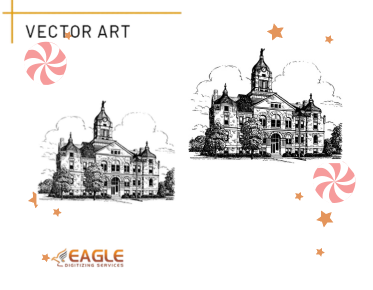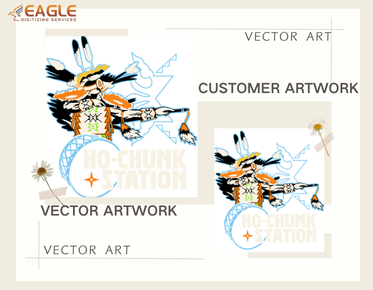Understanding Screen Printing: A Comprehensive Guide
Screen printing, also known as silkscreen printing, is a versatile and widely used printing technique that involves transferring ink onto a substrate, except in areas made impermeable to the ink by a blocking stencil. This method is used for a variety of applications, from creating intricate designs on textiles to producing vibrant posters and artwork. In this blog, we will delve into the intricacies of screen printing, exploring its history, process, and applications.
The History of Screen Printing
The origins of screen printing can be traced back to ancient China during the Song Dynasty (960–1279 AD), where it was used to print patterns on fabric. The technique gradually spread to other Asian countries, including Japan, where it was refined and became an integral part of traditional art forms. It wasn't until the early 20th century that screen printing gained popularity in the Western world, thanks to the efforts of artists and innovators who recognized its potential for mass production and artistic expression.
The Screen Printing Process
1. Preparing the Screen
The first step in screen printing involves preparing the screen, which is typically made of a fine mesh stretched over a frame. The mesh is coated with a light-sensitive emulsion, which hardens when exposed to light. A design is then transferred onto the screen by blocking out areas where ink should not pass through, creating a stencil.
2. Setting Up the Printing Station
Once the screen is prepared, it is mounted onto a printing press. The substrate, such as a t-shirt or poster paper, is placed on the printing bed beneath the screen. Proper alignment is crucial to ensure that the design is printed accurately.
3. Applying the Ink
Ink is poured onto the screen, and a squeegee is used to spread it evenly across the surface. The pressure applied by the squeegee forces the ink through the open areas of the stencil, transferring the design onto the substrate. Multiple screens can be used for multi-colored designs, with each screen applying a different color.
4. Curing the Print
After printing, the ink must be cured to ensure durability. This is typically done using heat, which sets the ink and makes it resistant to washing and wear. The curing process varies depending on the type of ink and substrate used.
Applications of Screen Printing
Screen printing is renowned for its versatility and is used in a wide range of industries. In the fashion industry, it is commonly used to print designs on clothing and accessories. The advertising industry utilizes screen printing for creating eye-catching posters, banners, and signage. Additionally, screen printing is a popular choice for producing fine art prints, as it allows artists to create vibrant and detailed images.
Advantages and Limitations of Screen Printing
Advantages
One of the primary advantages of screen printing is its ability to produce vibrant and long-lasting prints. The technique allows for the use of a wide range of inks, including specialty inks such as metallic and glow-in-the-dark. Screen printing is also highly efficient for large production runs, making it cost-effective for bulk orders.
Limitations
Despite its advantages, screen printing has some limitations. The setup process can be time-consuming, especially for multi-colored designs that require multiple screens. Additionally, screen printing is not ideal for small print runs due to the initial setup costs. The technique also has limitations in terms of detail, as very fine lines and intricate patterns may not transfer well.
Future Trends in Screen Printing
As technology continues to evolve, the screen printing industry is poised for significant advancements. One emerging trend is the integration of digital technology with traditional screen printing methods. This hybrid approach allows for greater precision and customization, enabling printers to produce complex designs with ease. Additionally, there is a growing emphasis on sustainability, with many companies exploring eco-friendly inks and materials to reduce the environmental impact of screen printing.
In conclusion, screen printing remains a vital and dynamic printing technique with a rich history and a promising future. Whether you're a business owner looking to produce custom merchandise or an artist seeking to explore new creative avenues, screen printing offers a wealth of possibilities. For those interested in professional vector art services, Eagle Digitizing excels in delivering high-quality solutions, transforming creative visions into scalable designs.



